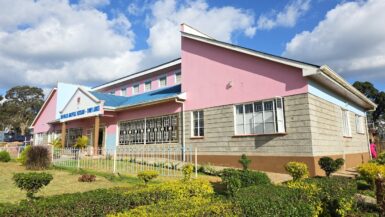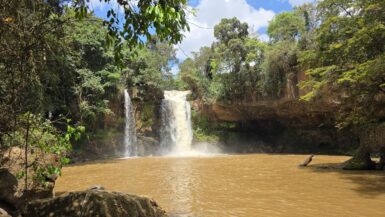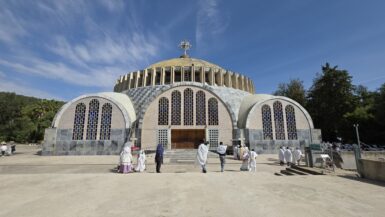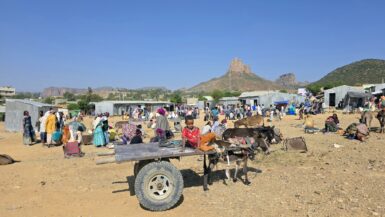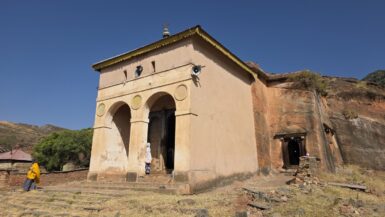We left Nyeri in the late afternoon and, after a short drive, arrived in Nanyuki, a town located just 6 kilometres north of the Equator at 1947 meters above sea level. It has a lovely setting, with Mount Kenya as a backdrop and rivers such as the Burguret and the Ewaso Nyiro. There are...



